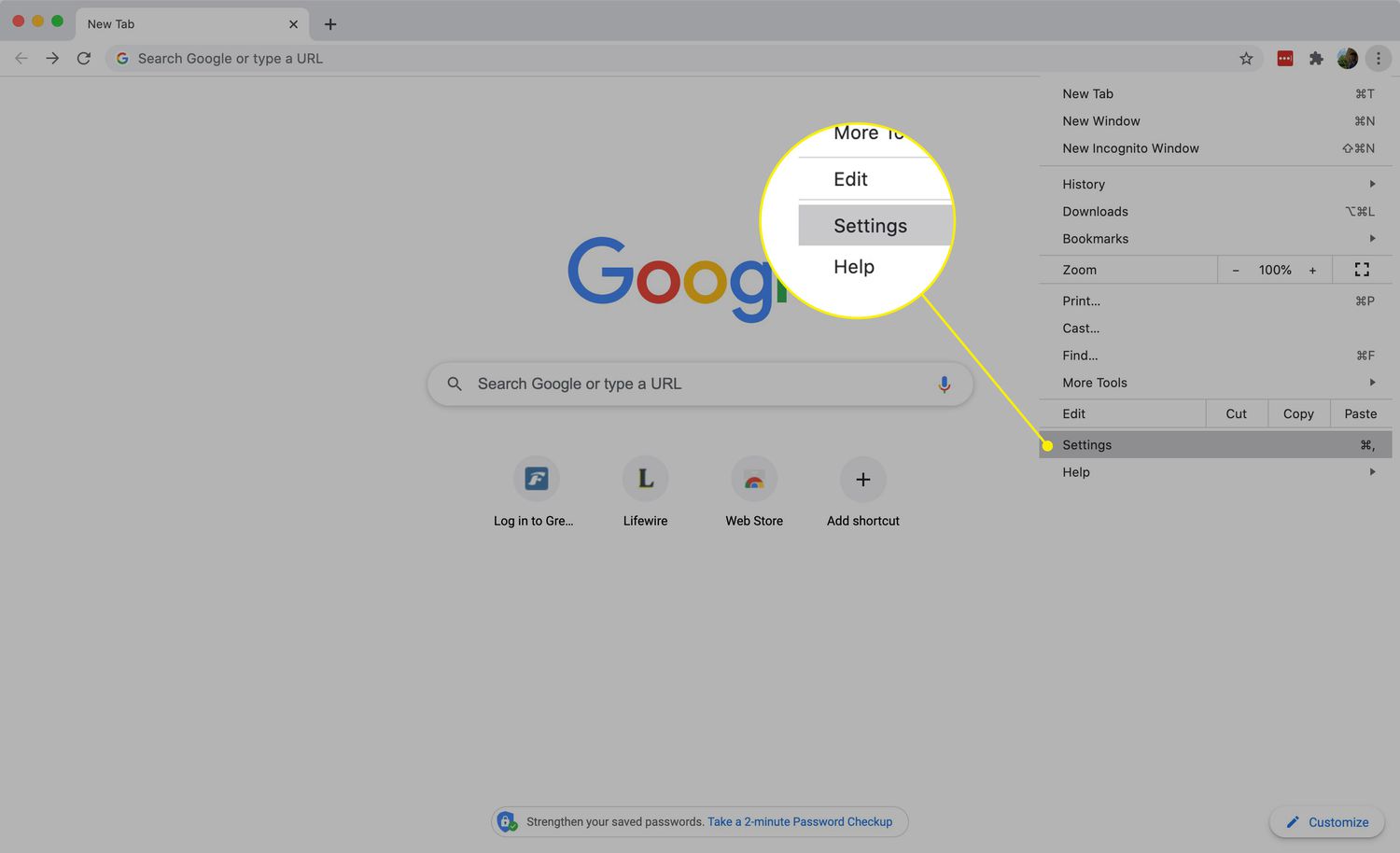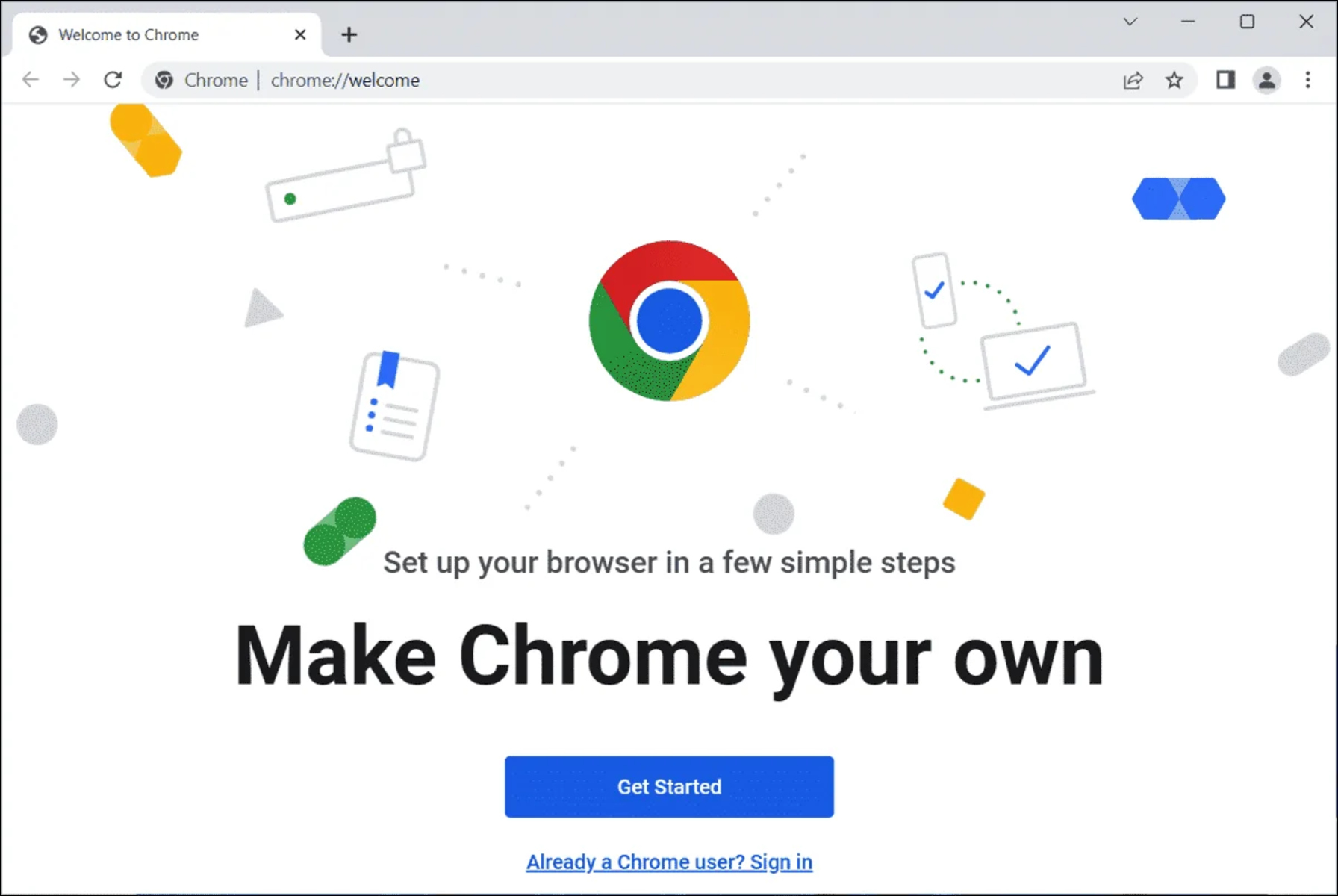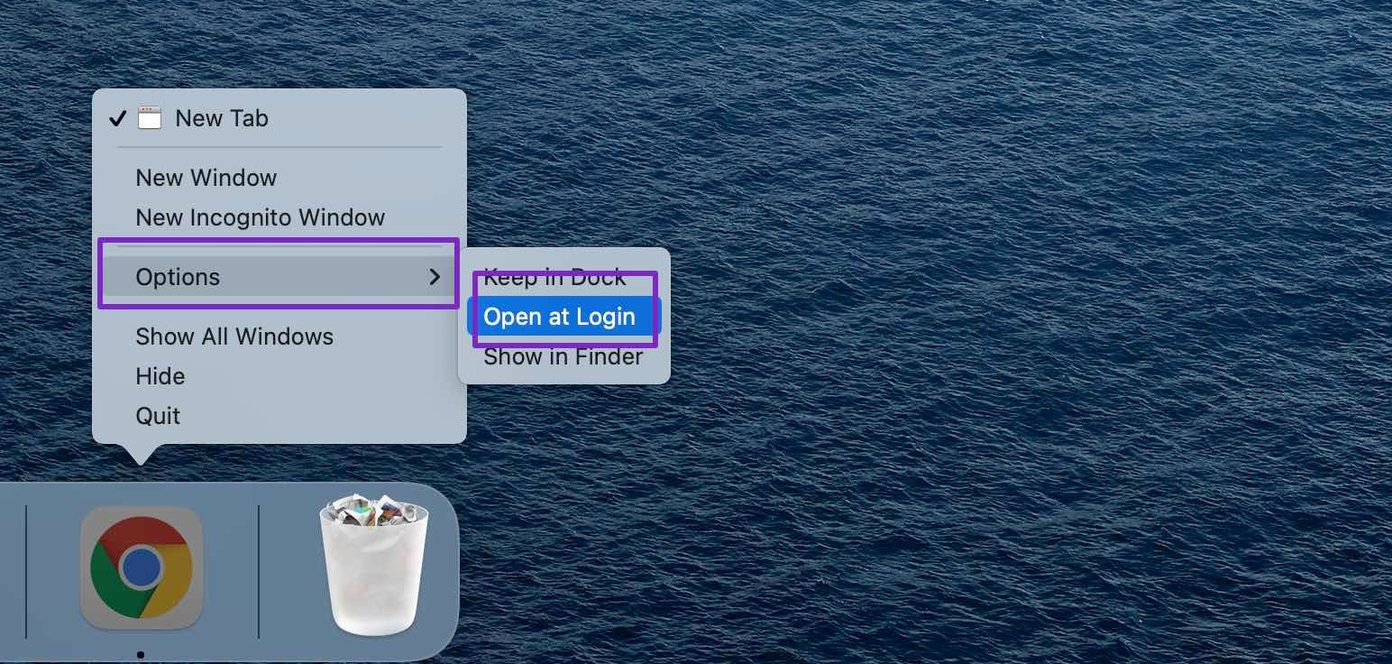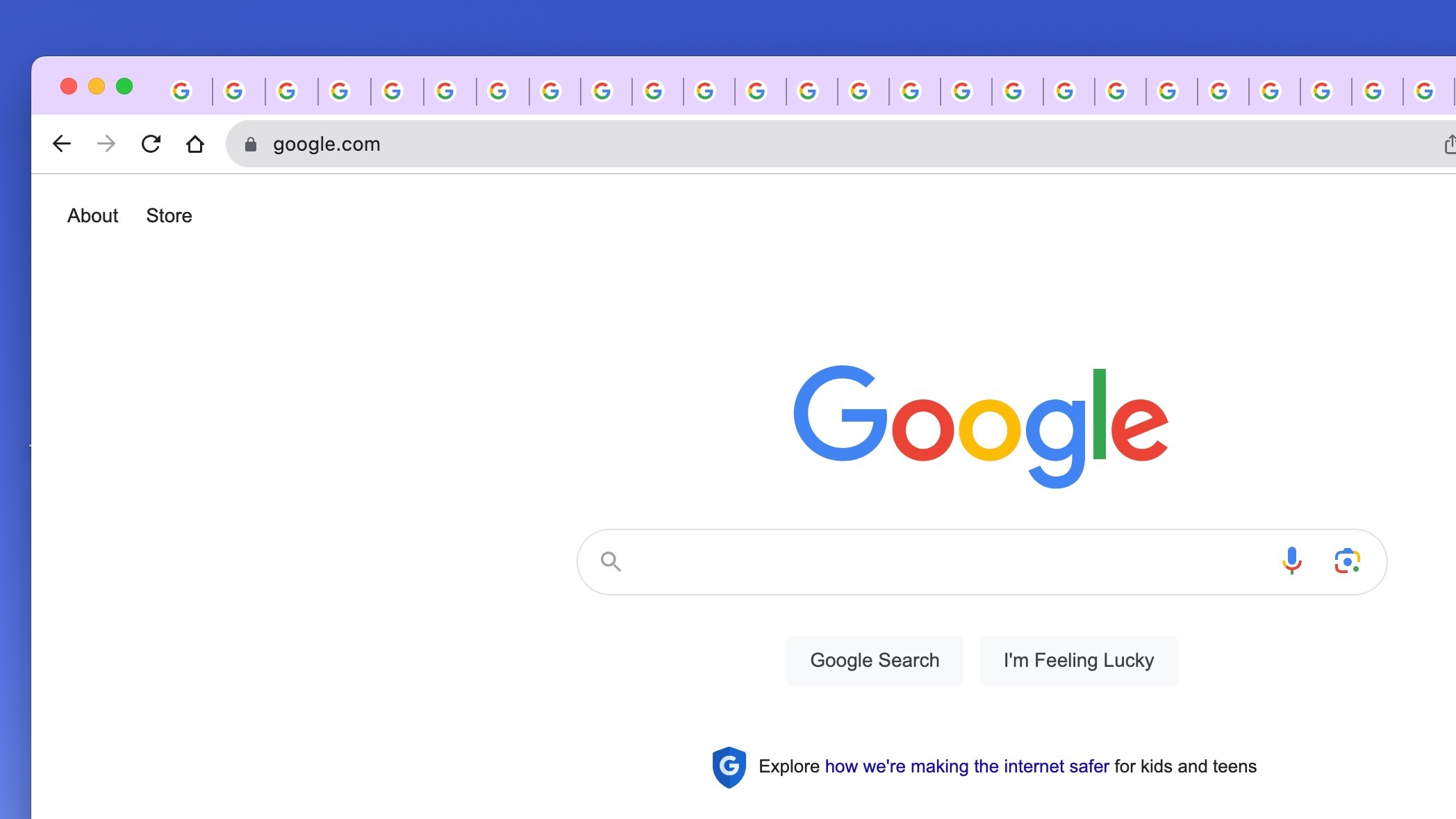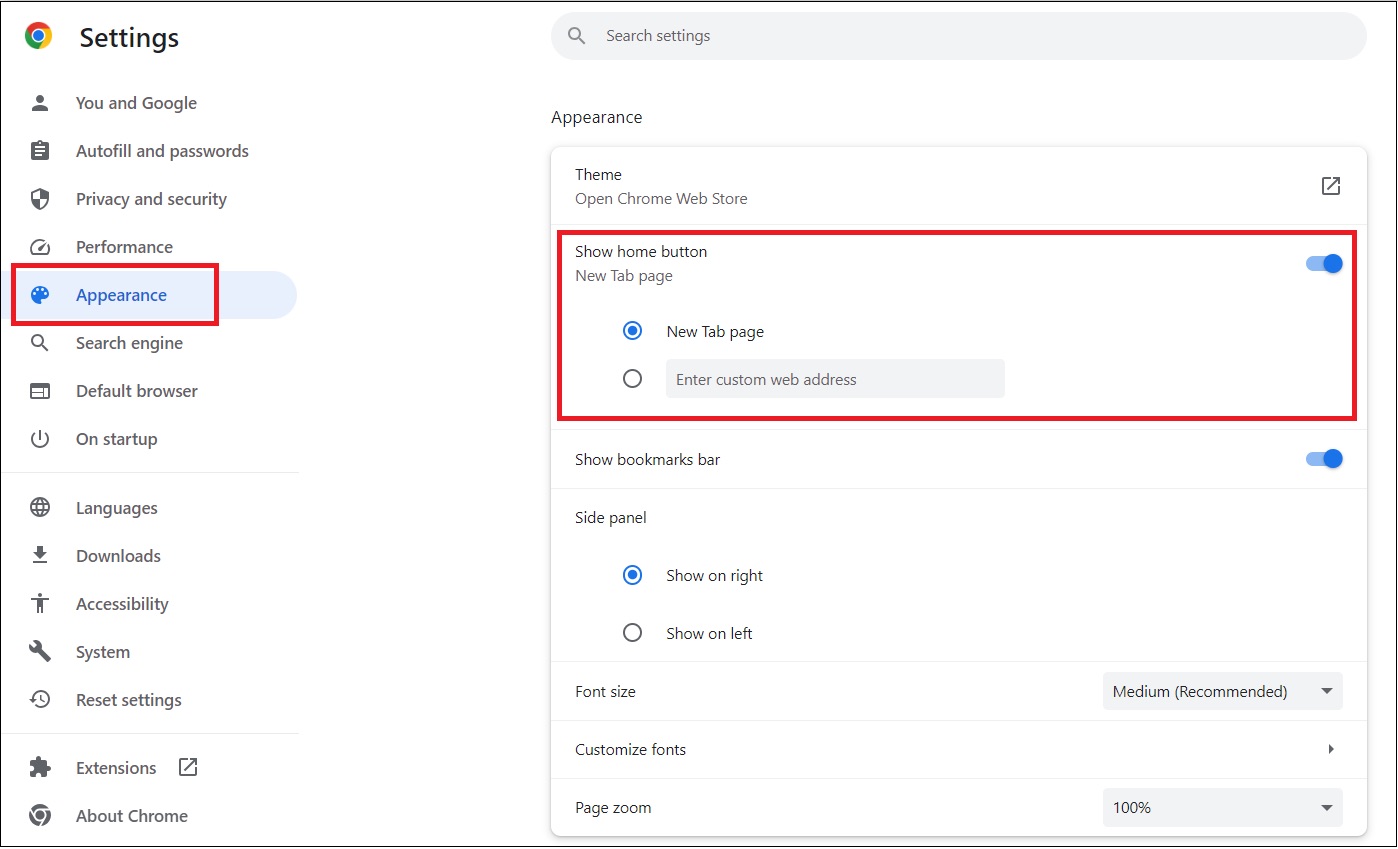Introduction
When you launch your web browser, what's the first thing you want to see? For many of us, it's a specific webpage that we rely on for news, updates, or simply a dose of inspiration. In the case of Google Chrome, the default startup page is typically the Google search engine. However, did you know that you can easily customize this to suit your preferences? Whether you want to set a specific website as your startup page or opt for a custom page that includes multiple tabs, Chrome offers a range of options to cater to your needs.
In this article, we'll delve into the process of changing the startup page in Chrome. From accessing the browser settings to setting a custom startup page, we'll guide you through each step, ensuring that you can personalize your browsing experience from the moment you open Chrome. So, if you're ready to take control of your browsing journey and make your startup page a reflection of your interests and priorities, let's dive into the world of Chrome customization.
Accessing Chrome Settings
Accessing the settings in Google Chrome is the first step towards customizing your startup page. The settings menu is where you can tweak various aspects of the browser to align with your preferences. To access the Chrome settings, follow these simple steps:
-
Launch Google Chrome: Open the Chrome browser on your computer or device. You can do this by clicking on the Chrome icon on your desktop or by searching for Chrome in your applications or programs list.
-
Open the Menu: Once Chrome is open, look to the top-right corner of the window. You will see three vertically-aligned dots, which represent the Chrome menu. Click on these dots to open the menu.
-
Access Settings: Within the menu, scroll down and locate the "Settings" option. Click on "Settings" to access the Chrome settings panel.
-
Explore Settings: Upon clicking "Settings," a new tab will open, displaying a range of options for customizing your browsing experience. Here, you can explore various settings related to appearance, search engine preferences, privacy and security, and more.
By following these steps, you can easily access the settings in Google Chrome, setting the stage for further customization, including changing your startup page. Accessing the settings is a fundamental aspect of leveraging the full potential of Chrome, allowing you to tailor the browser to your specific needs and preferences.
Changing the Startup Page
Once you've accessed the settings in Google Chrome, the next step is to focus on changing the startup page. The startup page is the webpage that automatically opens when you launch the Chrome browser. By default, this is often set to the Google search engine, but you have the flexibility to modify this to better suit your browsing habits and preferences.
To change the startup page in Chrome, follow these straightforward steps:
-
Navigate to the Startup Section: Within the Chrome settings panel, locate and click on the "On startup" option. This section is specifically designed to manage the behavior of Chrome when it is launched.
-
Choose an Option: In the "On startup" section, you will find several options to control how Chrome behaves when it is opened. These options include "Open the New Tab page," "Continue where you left off," and "Open a specific page or set of pages." Click on the "Open a specific page or set of pages" option to proceed with setting a custom startup page.
-
Add or Remove Pages: After selecting the "Open a specific page or set of pages" option, you can add or remove pages to customize your startup experience. To add a new page, click on the "Add a new page" button and enter the URL of the webpage you want to set as your startup page. If you wish to remove a page, simply hover over the page and click the "X" icon that appears.
-
Save Your Changes: Once you have added or removed the desired pages, click "Save" to apply your changes. This ensures that the specified webpage(s) will open automatically whenever you launch Google Chrome.
By following these steps, you can effortlessly change the startup page in Chrome, tailoring it to your specific preferences. Whether you prefer to start your browsing journey with a favorite news website, a productivity tool, or a personalized dashboard, Chrome allows you to set the stage for your online experience from the moment you open the browser.
Customizing the startup page in Chrome not only enhances convenience but also reflects your individuality and priorities. It's a simple yet impactful way to streamline your browsing routine and ensure that the first page you see aligns with your interests and goals. With the ability to change the startup page, Chrome empowers you to curate a browsing experience that is uniquely yours.
Setting a Custom Startup Page
Setting a custom startup page in Google Chrome allows you to personalize your browsing experience from the moment you open the browser. Whether you want to kickstart your day with a news website, a productivity tool, or a collection of favorite tabs, Chrome provides the flexibility to tailor your startup page to your specific preferences.
To set a custom startup page in Chrome, follow these steps:
-
Access the Startup Settings: After accessing the Chrome settings as outlined earlier, navigate to the "On startup" section. Here, you can choose the option to "Open a specific page or set of pages," which enables you to define your custom startup page.
-
Add Your Preferred Pages: Once you've selected the "Open a specific page or set of pages" option, you can add the webpages you want to set as your startup pages. Click on the "Add a new page" button and enter the URLs of the desired webpages. This could include news websites, productivity tools, or any other web content that you want to see immediately upon launching Chrome.
-
Remove or Rearrange Pages: If you want to refine your custom startup page further, you can easily remove or rearrange the added pages. Simply hover over a page and click the "X" icon to remove it. You can also click and drag the pages to rearrange their order, allowing you to prioritize the content that matters most to you.
-
Save Your Changes: Once you've added, removed, or rearranged the pages to create your custom startup page, click "Save" to apply your changes. This ensures that the specified webpages will automatically open whenever you launch Google Chrome, providing a tailored and efficient start to your browsing session.
By setting a custom startup page in Chrome, you can seamlessly integrate your favorite web content into your browsing routine. Whether it's staying updated with the latest news, accessing essential tools, or diving into a personalized dashboard, Chrome empowers you to curate a startup page that aligns with your interests and priorities.
Customizing the startup page in Chrome not only enhances convenience but also reflects your individuality and goals. It's a simple yet impactful way to ensure that the first page you see when launching the browser is tailored to your preferences, setting the tone for a productive and personalized browsing experience.
With the ability to set a custom startup page, Google Chrome puts you in control of your browsing journey, allowing you to start each session with the content that matters most to you.
Conclusion
In conclusion, the ability to change and set a custom startup page in Google Chrome offers a valuable opportunity to personalize your browsing experience from the moment you open the browser. By accessing the Chrome settings and navigating to the "On startup" section, users can effortlessly modify the default startup page to align with their individual interests, priorities, and browsing habits.
Customizing the startup page in Chrome goes beyond mere convenience; it reflects the user's personality and preferences, setting the stage for a tailored and efficient browsing journey. Whether it's a favorite news website, a productivity tool, or a collection of essential tabs, the custom startup page feature empowers users to curate a browsing experience that is uniquely theirs.
Furthermore, the flexibility to add, remove, and rearrange webpages within the custom startup page allows for dynamic adjustments based on evolving preferences and needs. This level of customization ensures that the first page users see upon launching Chrome resonates with their current interests and goals, fostering a sense of familiarity and efficiency in their browsing routine.
By embracing the option to set a custom startup page, users can seamlessly integrate their preferred web content into their browsing journey, enhancing productivity and engagement. Whether it's staying informed with the latest updates, accessing essential tools, or immersing in a personalized dashboard, Chrome enables users to curate a startup page that serves as a gateway to their digital world.
In essence, the ability to change the startup page and set a custom startup page in Google Chrome underscores the browser's commitment to empowering users with personalized and efficient browsing experiences. It exemplifies the notion that every browsing session should begin with content that resonates with the individual, setting the tone for a productive and fulfilling online journey.
With the power to customize the startup page, Google Chrome not only puts users in control of their browsing journey but also underscores the browser's commitment to providing a personalized and user-centric experience. By enabling users to define their browsing environment from the outset, Chrome sets the stage for a seamless and tailored online experience, reflecting the diverse needs and preferences of its users.









